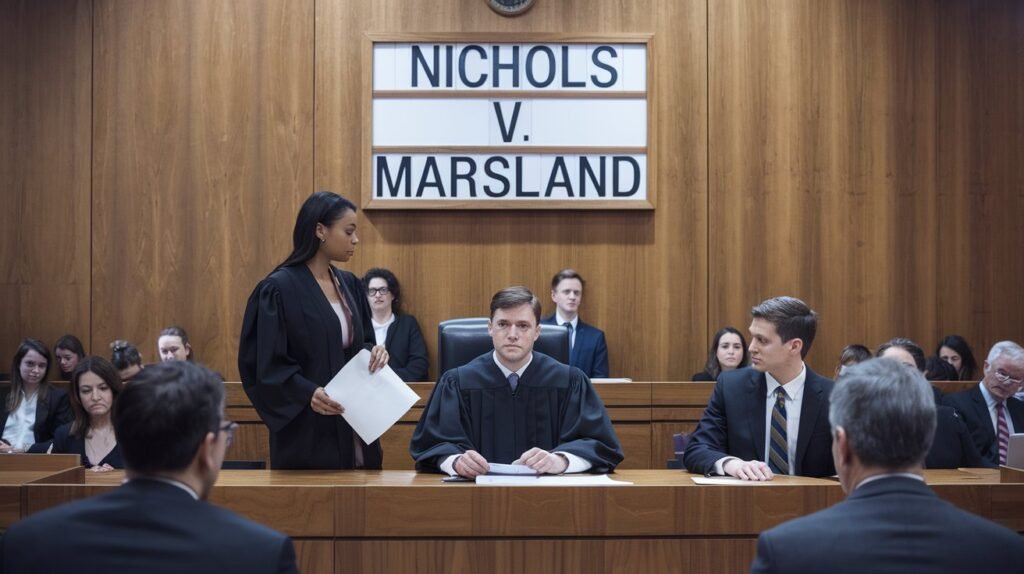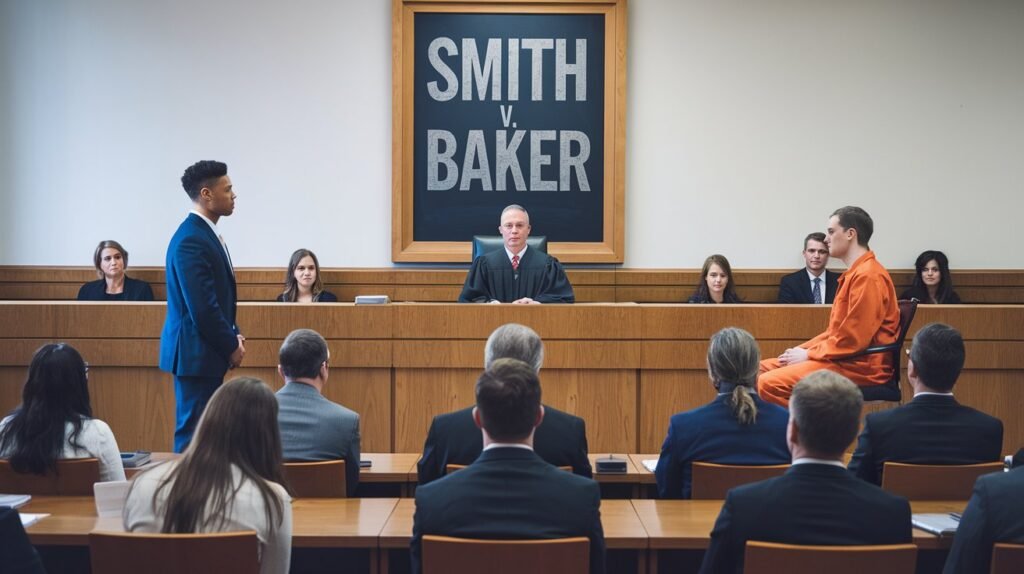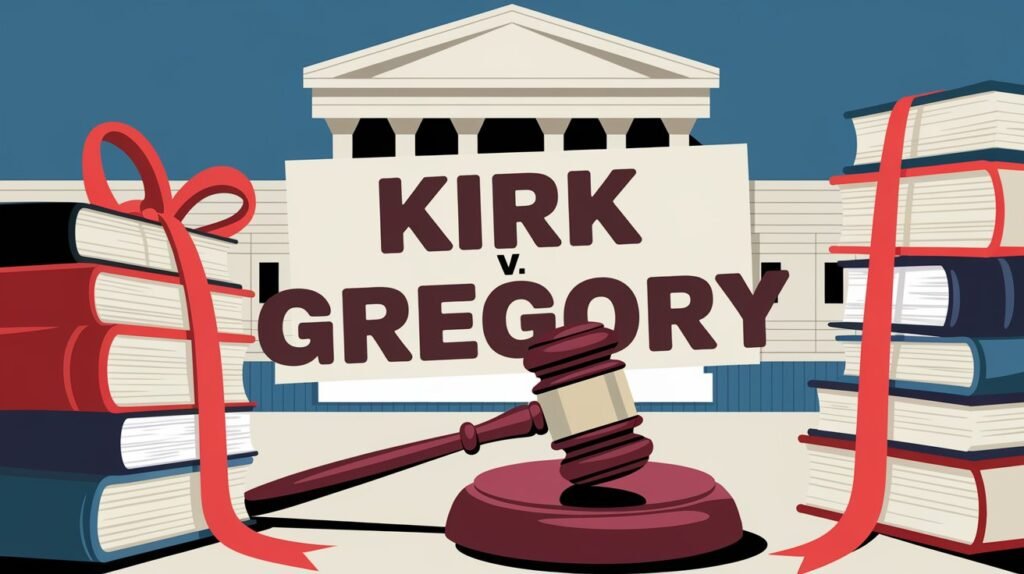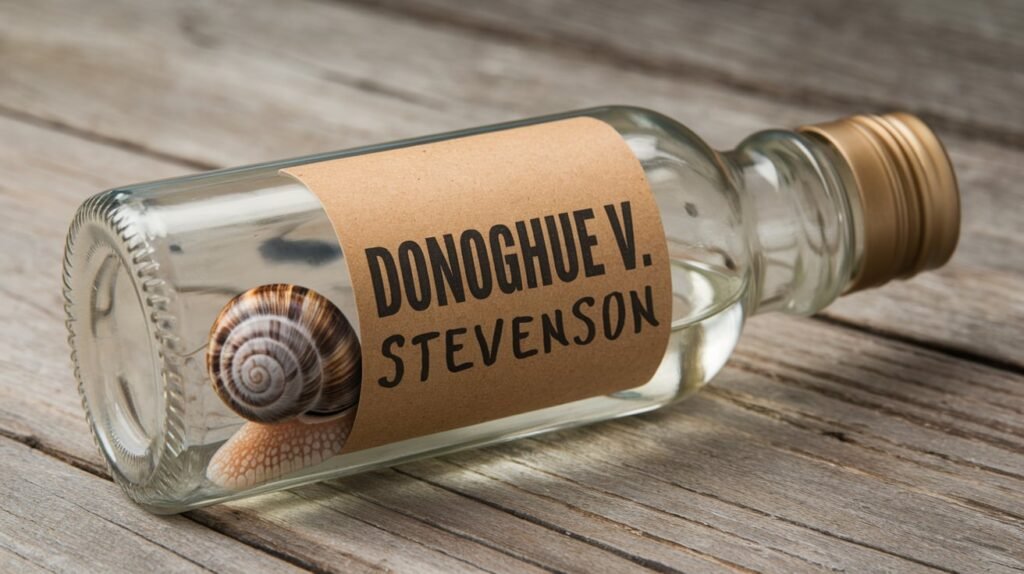Tolley v. J. S. Fry & Sons Ltd. 1931 (Case Summary)

This landmark defamation case clarified that unauthorized commercial use of a person’s image or association, implying endorsement, could harm their reputation and give rise to a claim for damages.
Table of Contents
ToggleFacts of Tolley v J.S. Fry & Sons Ltd.
- Tolley, the plaintiff, was an amateur golfer of significant reputation.
- J.S. Fry & Sons Ltd., the defendants, used a caricature of Tolley in an advertisement for their chocolate without his consent.
- The advertisement implied that Tolley had endorsed the product in exchange for payment, jeopardizing his amateur status and reputation.
- Tolley sued the company for defamation, arguing that the advertisement damaged his standing as an amateur sportsman.
Issues framed
- Whether an act constitutes assault if the defendant is prevented from inflicting actual harm?
- Whether a threat needs to result in physical contact to be actionable in assault?
Judgment of Tolley v J.S. Fry & Sons Ltd.
The court examined the principles of defamation, focusing on whether the advertisement harmed Tolley’s reputation by implying professional misconduct.
The court held that the advertisement created an implication that Tolley had accepted payment for promoting the product, which could harm his standing as an amateur golfer. It ruled that such an implication was capable of defaming Tolley by suggesting conduct inconsistent with the ethics of amateur sportsmanship. The court emphasized that the defendants’ intent was irrelevant; liability arose from the defamatory effect of the publication.
The court ruled in favor of Tolley, awarding damages for harm to his reputation. The court stated, “Defamation may arise not from explicit statements but from implications that lower a person’s reputation in the eyes of society.”





